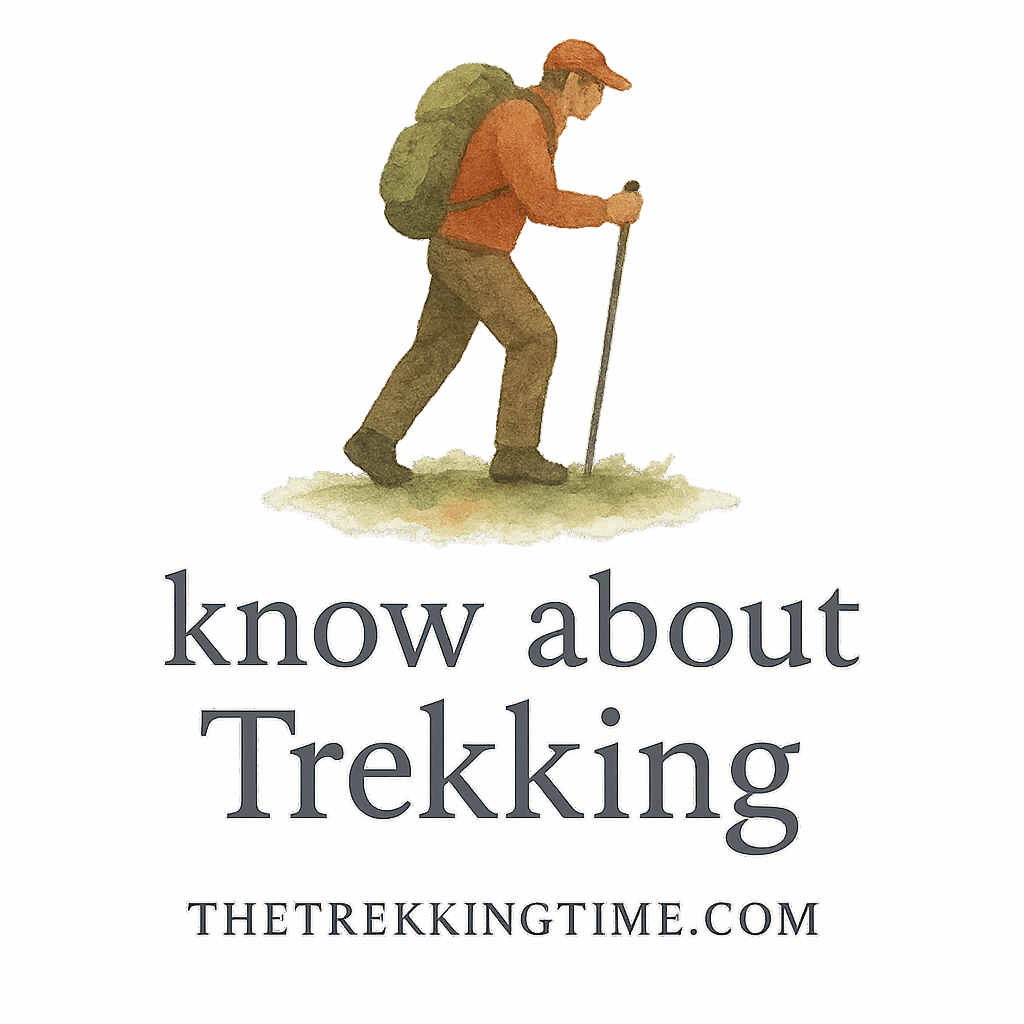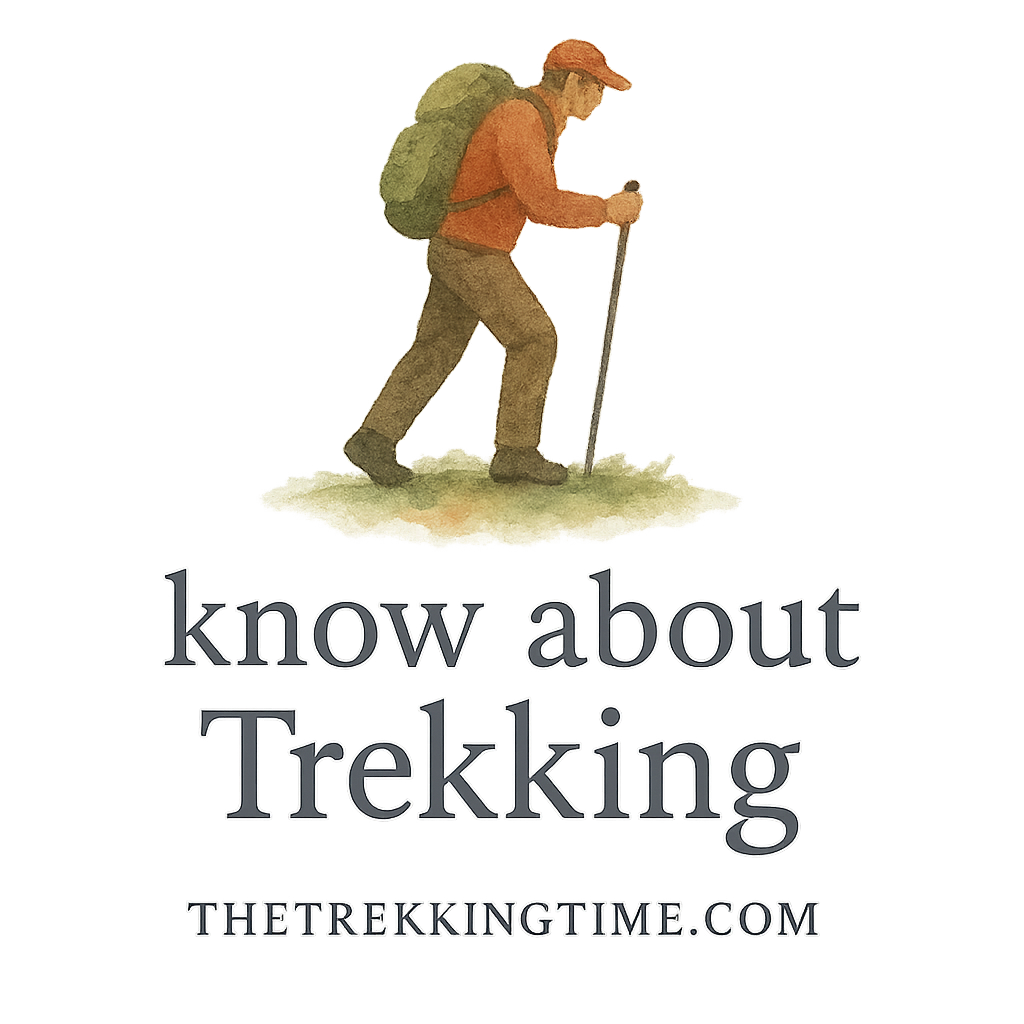If you’re someone who gets goosebumps at the sight of a rare animal in its natural habitat, you’re in for a treat! Trekking isn’t just about conquering trails — it’s about immersing yourself in the rhythm of the wild. And if you’re a wildlife lover, certain trekking destinations on this planet will blow your mind.
Why Trekking is a Wildlife Lover’s Dream
Trekking connects you directly with Mother Nature — no barriers, no fences, just raw wilderness. Unlike safari jeeps or zoos, trekking allows you to step into the world of wild creatures on foot, experiencing their world up close.
Not to mention, the benefits of trekking go beyond physical fitness. It feeds your soul, sharpens your senses, and gives you a deep respect for the balance of ecosystems. (Trekking Benefits)
What to Expect on a Wildlife Trek
Encounters with Native Species
Each trek offers a unique lineup of wildlife. You might spot gorillas in Uganda, pumas in Patagonia, or elephants in Borneo. The unpredictability is part of the magic!
Ethical Trekking and Wildlife Conservation
Responsible trekking involves not disturbing the natural behavior of animals. Always follow wildlife trekking etiquette to minimize your impact and support conservation efforts. (Trekking Etiquette)
1. Jim Corbett National Park, India
This park in Uttarakhand is one of the best trekking destinations in India for wildlife enthusiasts. Nestled in the lower Himalayas, it offers lush forests and a chance to spot the elusive Bengal tiger.
The Allure of the Himalayan Foothills
Jim Corbett sits at the perfect altitude — not too cold, not too hot — with breathtaking jungle trails that bring out the adventurer in you. The Himalayas in the backdrop? Just the icing on the cake. (Himalayas Trekking)
Best Time to Trek
The best months are November through February for pleasant weather and better visibility of animals.
Wildlife Highlights
- Bengal Tigers
- Asiatic Elephants
- Leopards
- Crocodiles
- Tons of bird species
2. Bwindi Impenetrable Forest, Uganda
Talk about raw, dense jungle. Bwindi is home to nearly half the world’s mountain gorillas. If you’re dreaming of eye contact with a silverback, this is your destination.
Home of the Mountain Gorillas
Bwindi’s rugged terrain means you’ll need some fitness prep, but the reward? A magical hour with gorilla families in their natural habitat. (Fitness Prep for Trekking)
Permit and Trekking Tips
Permits are limited and pricey (about $700), but it’s a once-in-a-lifetime experience. Book months in advance!
Flora and Fauna You’ll See
- Mountain Gorillas
- Chimpanzees
- African Forest Elephants
- Hundreds of bird and butterfly species
3. Patagonia, Argentina & Chile
Patagonia is a wild, wind-whipped land where jagged peaks meet roaming wildlife. It’s the kind of place that makes you feel small in the best way possible.
Untamed Wilderness in South America
Spanning both Argentina and Chile, this region is famous for dramatic landscapes and rare species — like the elusive puma.
Key Wildlife Encounters
- Guanacos
- Pumas
- Andean Condors
- Armadillos
Top Trails for Spotting Wildlife
- Torres del Paine’s W Circuit
- Los Glaciares National Park trails
You’ll want to pack the right gear for these extreme climates. (Trekking Gear Packing Guide)

4. Yellowstone National Park, USA
The granddaddy of national parks, Yellowstone is a must for wildlife trekking in North America.
America’s First National Park
With geothermal wonders and vast forests, Yellowstone’s ecosystem supports hundreds of species.
Iconic Species and Where to See Them
- Bison in Lamar Valley
- Wolves near Hayden Valley
- Grizzly Bears around Yellowstone Lake
Ideal Seasons for Wildlife Trekking
Spring (April–June) and Fall (September–October) are best — fewer crowds and more active wildlife.
5. Borneo Rainforest, Malaysia
Dense, damp, and alive with movement — the Borneo rainforest is unlike any other place. It’s a biodiversity jackpot.
A Biodiversity Hotspot
Borneo is one of the world’s oldest rainforests, estimated to be over 130 million years old. It’s home to hundreds of endemic species.
Orangutans, Pygmy Elephants & More
- Orangutans
- Proboscis Monkeys
- Pygmy Elephants
- Clouded Leopards
Tips for Responsible Wildlife Trekking
Stick to trails, keep noise low, and never feed wildlife. Respecting the environment ensures it stays wild. (Trekking Responsibility)
How to Prepare for a Wildlife Trek
Wildlife trekking isn’t like a walk in the park — it requires real prep, both physically and mentally.
Gear, Fitness, and Mental Prep
- Get in shape with uphill hikes and cardio workouts. (Fitness Trek Guide)
- Gear up with breathable layers, binoculars, and a strong backpack. (Packing Guide)
- Mentally prepare to unplug and stay patient — nature moves at its own pace.
Trekking Safety and Wildlife Etiquette
Always follow safety tips from local guides. Know your trail, never hike alone in high-risk zones, and carry essentials like a first-aid kit and emergency beacon. (Trekking Safety Tips)
Also, brush up on wildlife trail rules — respect distance, don’t block animal paths, and never chase for photos. (Trail Rules)
Final Thoughts: Trekking with a Purpose
Wildlife trekking is more than an adventure — it’s a humbling, transformative journey that deepens your connection with the wild. Every footstep you take is a step toward protecting the fragile balance of our ecosystems.
When done right, trekking doesn’t just serve your wanderlust — it becomes a way to give back to the planet.
To get started with trekking basics, routes, and planning guides, check out the helpful resources on The Trekking Time.
FAQs
1. What’s the best wildlife trekking destination for beginners?
Jim Corbett in India is ideal — easy terrain, great wildlife, and good infrastructure.
2. Do I need a guide for these treks?
Absolutely! Especially in places like Bwindi or Borneo, a guide ensures both safety and a richer experience.
3. What gear is essential for wildlife trekking?
Comfortable boots, weatherproof clothing, binoculars, a good backpack, and a camera with zoom. Don’t forget a reusable water bottle.
4. Can I combine fitness and wildlife trekking?
Yes! Wildlife treks are a fantastic way to stay active while enjoying nature. You can follow this fitness prep guide for optimal results.
5. How can I stay safe from dangerous animals?
Keep a safe distance, follow your guide’s instructions, and avoid hiking solo in predator-heavy zones. Read these safety tips.
6. Are there eco-friendly treks for wildlife lovers?
Yes! Many treks, especially in Borneo and Patagonia, support eco-tourism. Just follow good outdoors habits.
7. What’s the role of trekking in conservation?
Your trek fees and responsible presence help fund local conservation projects. It’s a win-win!


